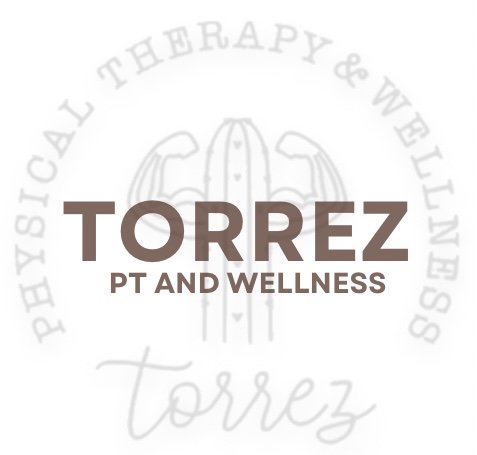Blood Flow Restriction Training (BFR), What is it?
First conceived in 1966 by Yoshaiki Sato in Japan after kneeling for hours at a funeral, his legs felt similar to having done an exhaustive leg workout. He later injured his knee and ankle in a skiing accident and used belts and isometric exercises to perform blood flow restriction training. When he his doctors went to change his cast at 6 weeks (common back then because it would become too loose due the atrophy , a new better fitted one would have to be made) his doctors were amazed that he has much less muscle atrophy and the bone was not tender. Doctors proclaimed he was cured and did not need any further casting. Sato concluded that his BFR training was what contributed to his healing and continued to research his newly discovered method. He trialed many different bands and belts, even going as far to occlude his blood flow and cause a pulmonary embolism. Yikes!
He later introduced his method to the Japanese body building world and word spread people in different countries started using wraps and bands to try to mimic this concept of training. Research studies were first published in the 90s and the production of safer band with precise pressure control were beginning to be developed. It started become mainstream around 2010 in the Japan and gained even more traction in Europe and the United States with everyone trying to find their own best way including use different bands/tourniquets and protocols.
So what exactly is happening in the body when you strap these cuff on your arms and legs and perform exercises?
When bands are inflated, it constricts the limbs and pushes inward. This results in venous blood to be pushed back to the heart by collapse the veins. While the venous system is restricted arterial inflow ins maintained. So fluid gets pushed out of the tissues. The tissue above and below the cuff distend and fill with blood. It is similar to having a kink in a garden hose with the and the water is spilling out from the kinked area. At some point the pressure in the surrounding tissue rises past the pressure being applied by the cuffs. This helps to create an equilibrium. When you start exercising the muscles, your muscles need oxygen to keep functioning thus requiring more blood flow. The pumping muscle overcomes the blockage and produces high blood flow in an already limited venous flow. This disturbs homeostasis by increasing lactic acid build up, reduces PH and alters electrolytes to name a few. This disturbance leads to an anabolic response to tissue both above and below the cuffs, with little damage done to the tissues. Because you are getting this insane anabolic response, you don’t have to stress your body with crazy loads when strength training or recovery from an injury/surgery. You can make similar gains with much less resistance, so less wear and tear on your body in the long run. This has made it a game changer in the rehab world. Most professional athletes are using BFR training when they are recovering from injuries/surgery. Uninjured people are using them in the gym to training improve strength, improved endurance (you can bike and swim in them) and are using them to overcome plateaus they’ve been stuck at for months. I have several patients who were so impressed with their outcomes that they even purchased their own cuffs to use at home. The best part of all, the technology in the cuffs as become so advanced, they are fool proof. You can safely use then in the comfort of your own home without any hesitation that you might hurt yourself. Nearly anyone of any age can use them. Amazing!! Happy training and recovery folks!
Savannah Torrez, PT, DPT, COMT
“Wisdom is always an overmatch for strength (Phil Jackson), therefore you should train smarter, not harder.”

